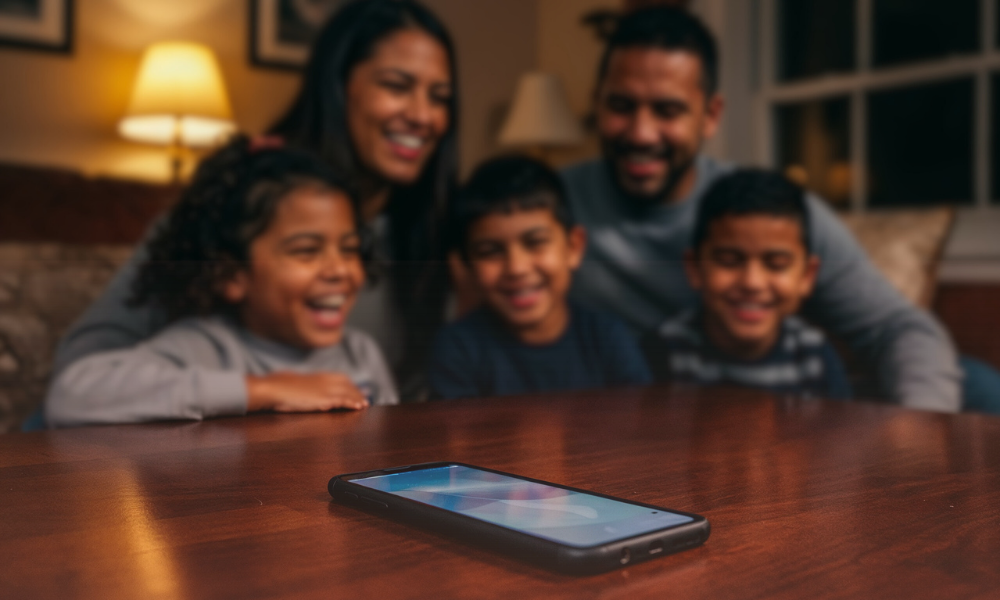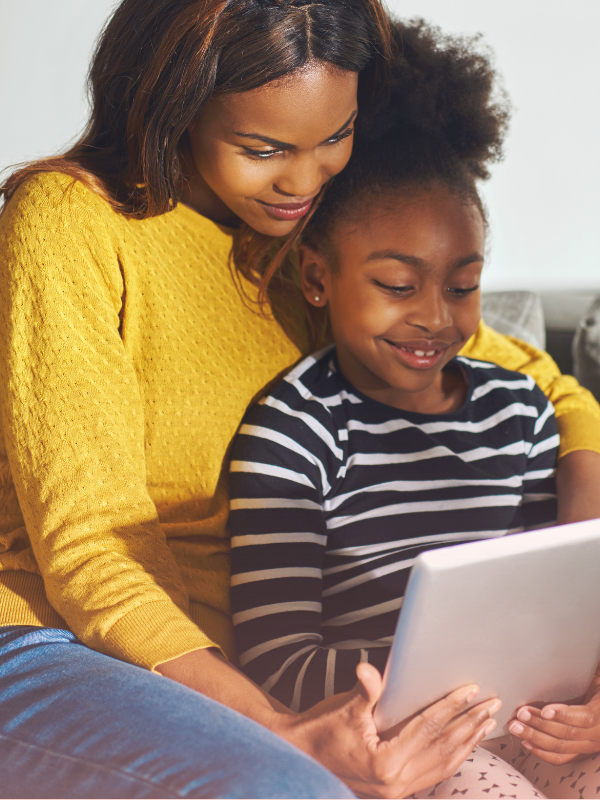
If you’ve wrestled with limiting your tween’s screen time, you’re not alone. But healthy tech habits for tweens aren’t about bans or constant battles. They’re about teaching balance so kids…

If you’ve wrestled with limiting your tween’s screen time, you’re not alone. But healthy tech habits for tweens aren’t about bans or constant battles. They’re about teaching balance so kids…

Screens are everywhere—from homework to downtime—and it’s getting harder for families to stay connected without them. Maybe it starts with one more show before bed, or background scrolling during dinner….

If you’re wondering how parents can support online learning without burning out, you’re not alone. Many families are still adjusting to learning from home – and that doesn’t mean recreating…

Worried about online risks? Learn how to teach digital safety to kids with calm, confidence, and everyday tools that truly protect. Teaching digital safety to kids doesn’t require tech expertise—it…

Screen time rules for kids by age can be tricky to figure out, especially when screens are everywhere. From toddler tablets to teen TikTok, it can feel like a nonstop…

Summer usually means more downtime – and more screen time. But what’s all that digital exposure doing to your child’s emotional health? In this post, we’ll explore the link between…